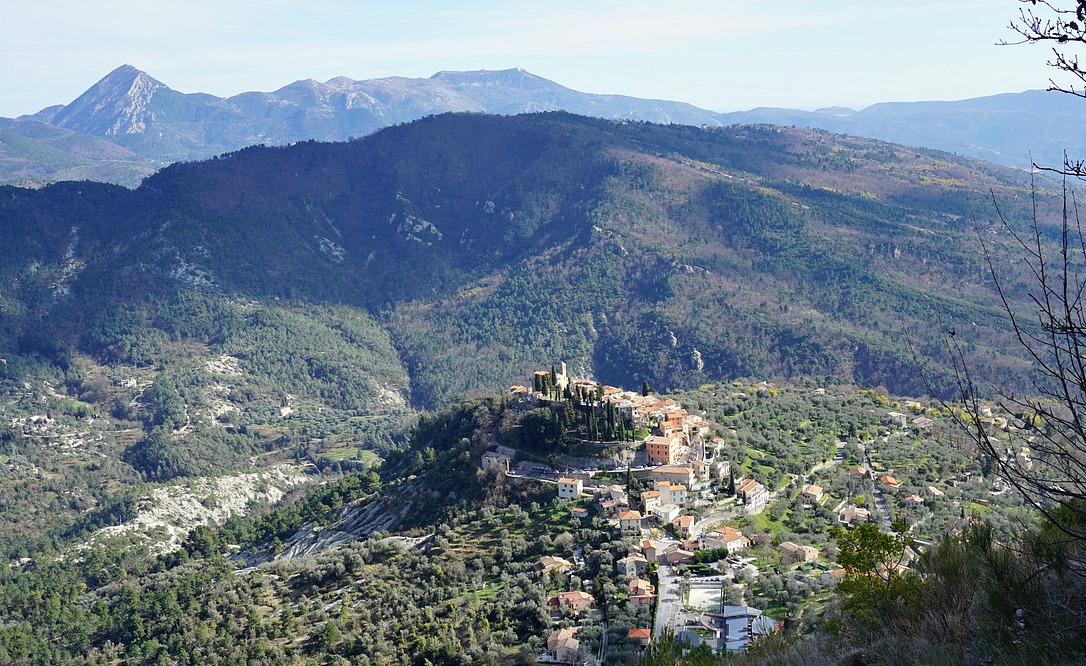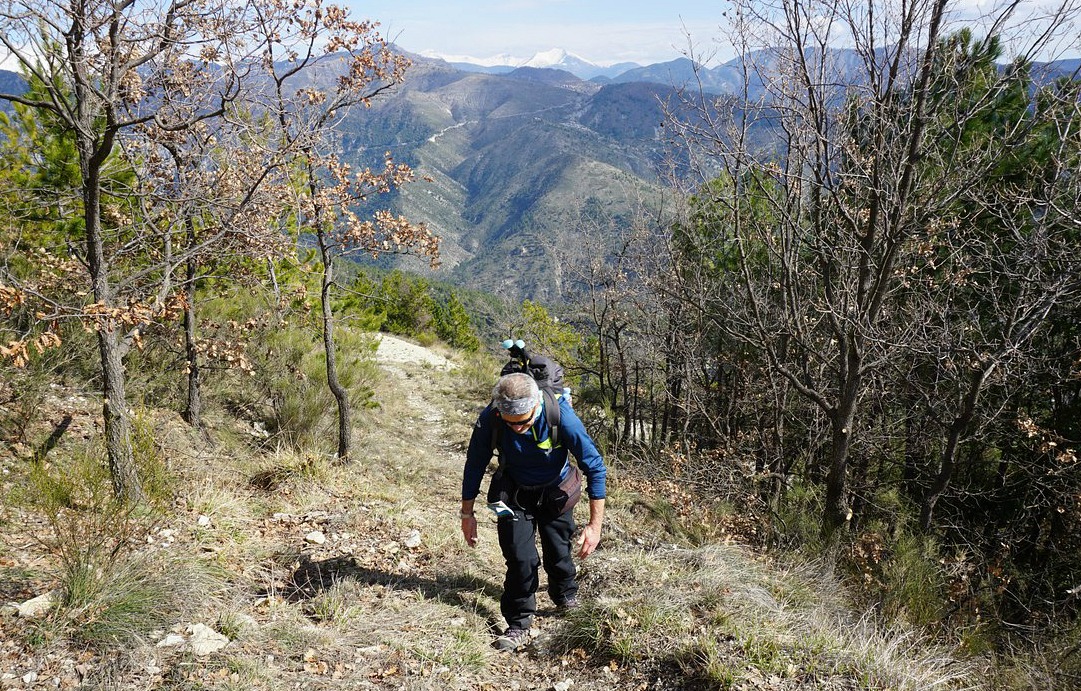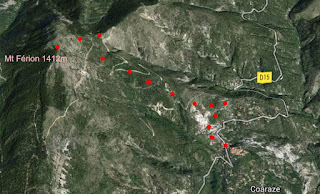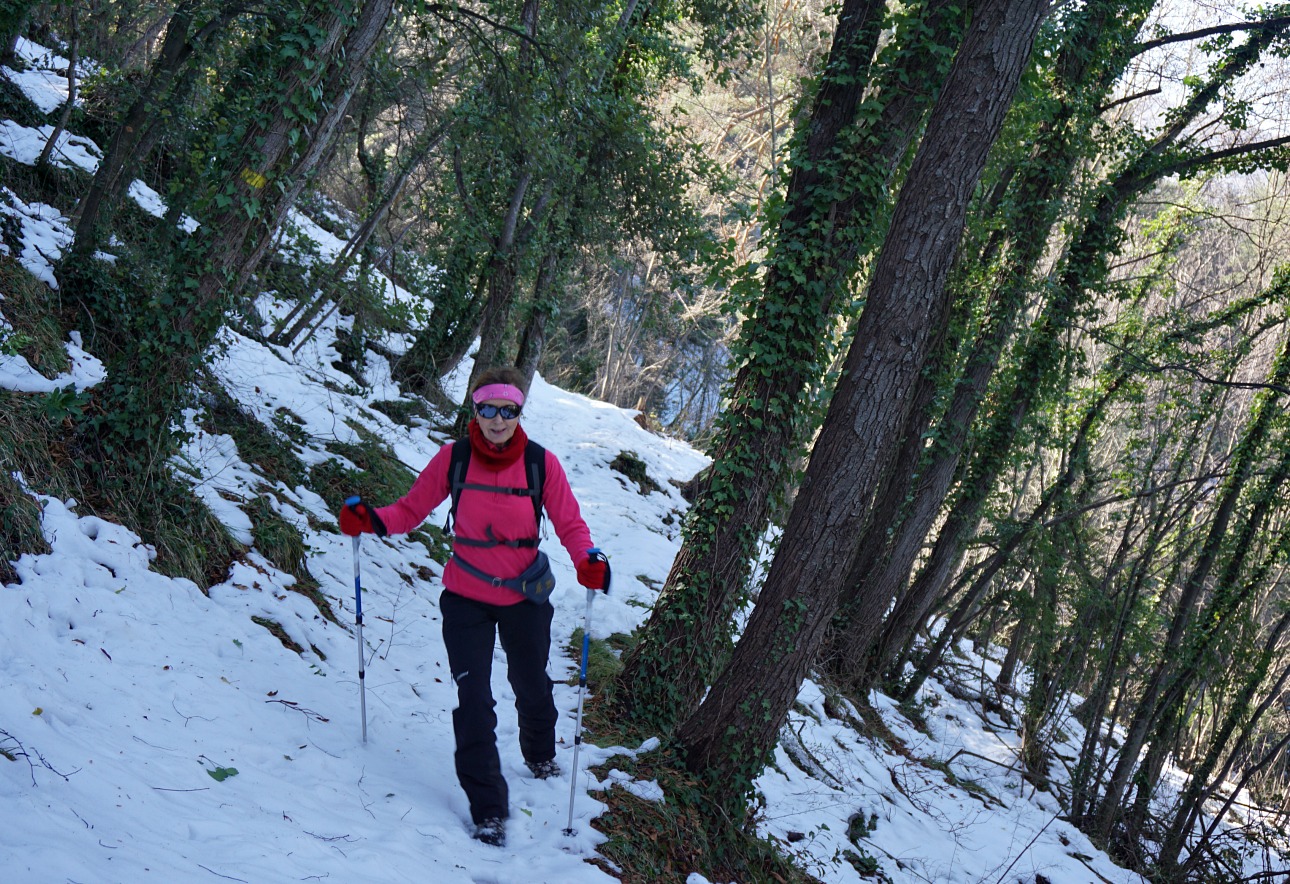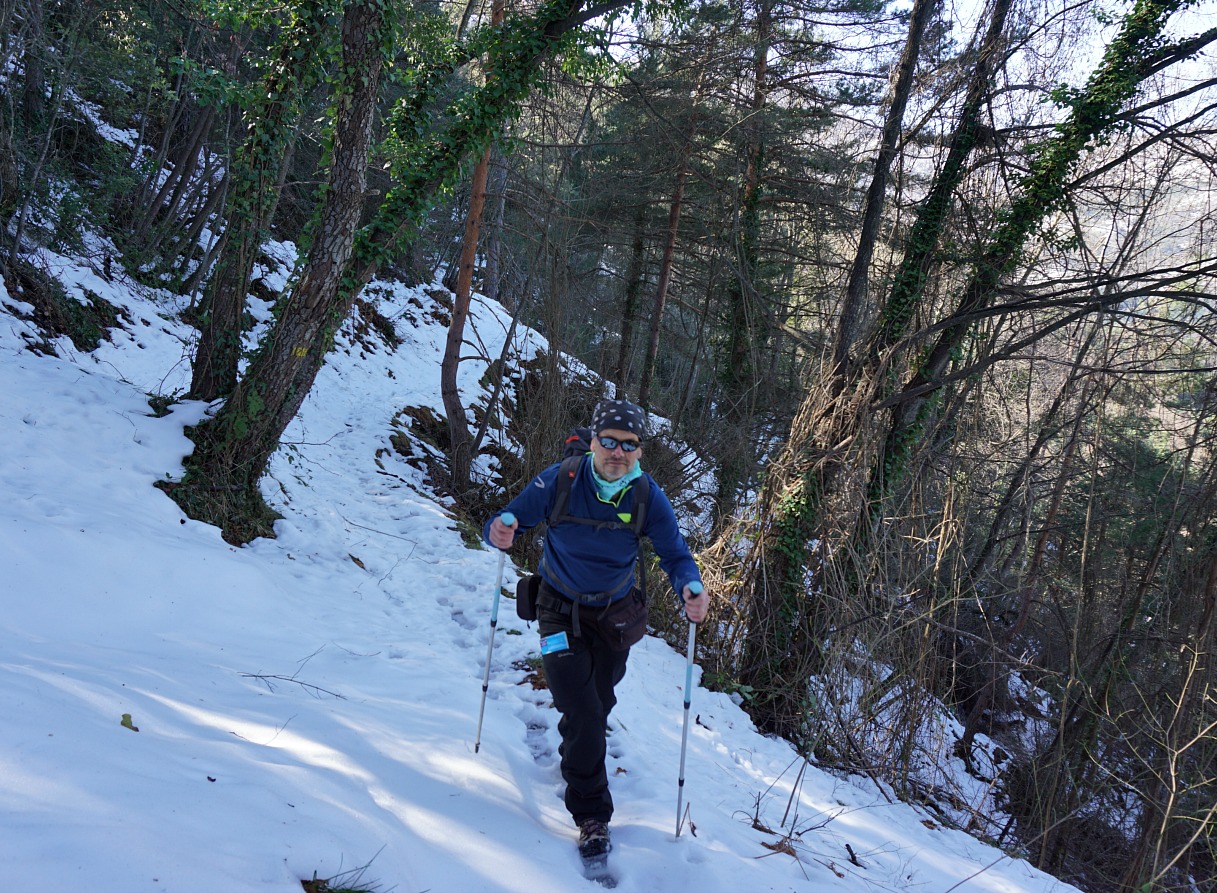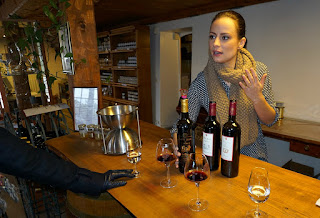Chicken breast with two lemons
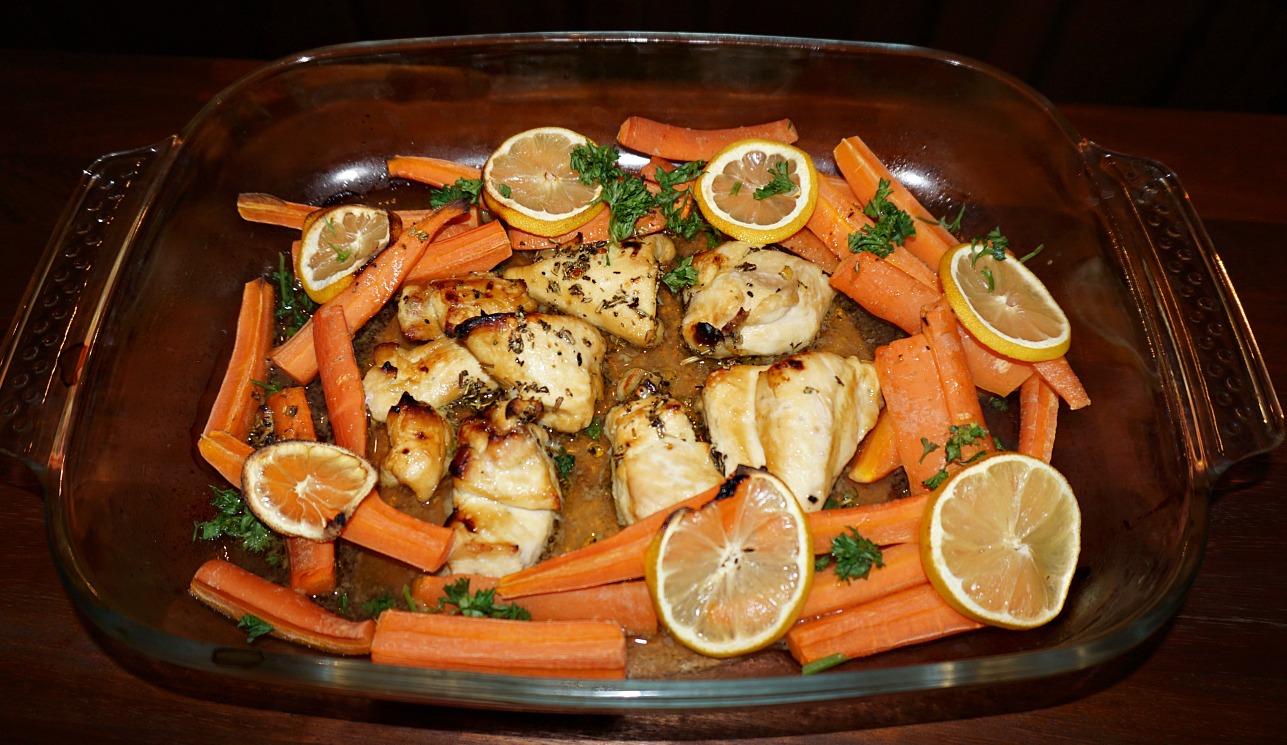
The sunny colours of this dish are like a promise that summer is not that far away. The taste is great, too. This recipe is a good example how versatile ingredients simple chicken breasts really are.
2 servings
2 chicken breasts cut into large chunks
1 organic lemon
½ lime
4 carrots
1 clove garlic
1 tbsp soya sauce
1 tbsp runny honey
3 tbsp olive oil
½ tbsp butter
1 tsp Provencal herbs
Freshly ground black pepper
Parsley to decorate
First prepare the marinade. Peel and mince the garlic clove. Press half of the lime. In a bowl mix the garlic, lime juice, soya sauce, honey, olive oil, Provencal herbs and some black pepper.
Cut the chicken breasts into large chunks and place them in a large deep plate. Pour the marinade over the chicken and cover with film. Place the plate in the fridge and marinate for about an hour, turning the chicken chunks once.
Wash the carrots and cut them lengthwise into four parts. Cook or microwave the carrots until al dente, almost cooked.
Preheat the oven to 210⁰ C.
Butter a shallow oven-proof dish. Arrange the chicken chunks in the centre of the dish, and the carrots around the chicken. Pour over the marinade. Wash well the organic lemon and cut into thin slices. Place the lemon slices over the chicken and carrots.
Bake in the oven for 25 minutes. Decorate with parsley and serve with brown rice.










